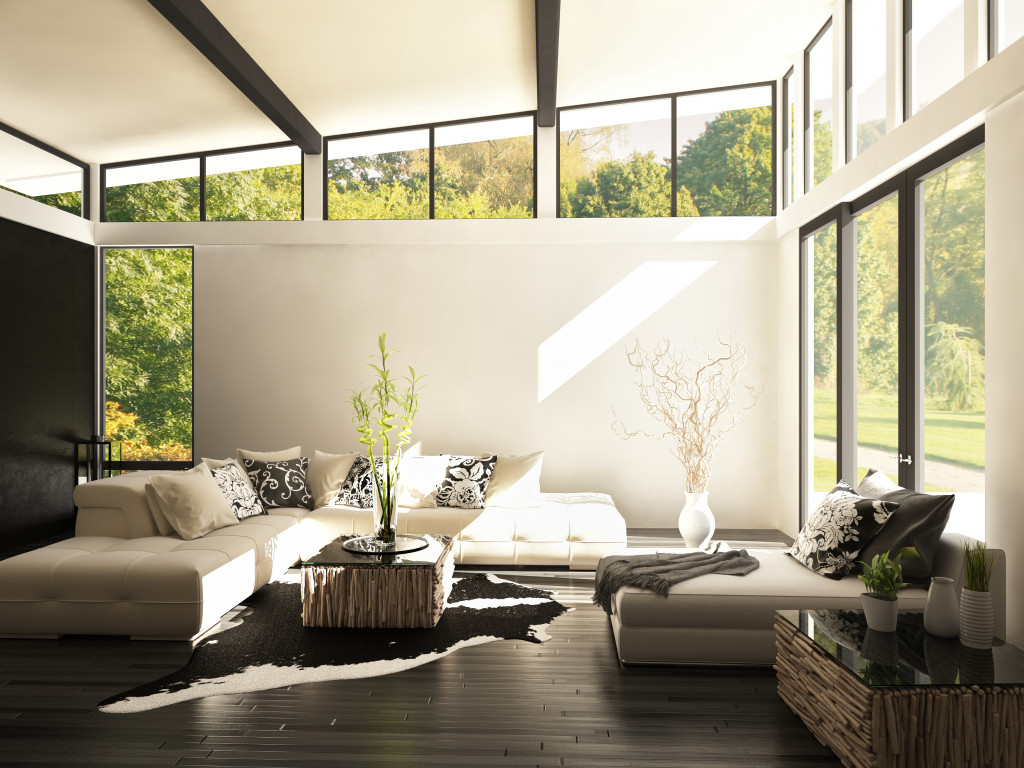It takes time and effort to make a house look and feel like a home. Small design tricks, personalization, and a few adjustments will eventually create a warm, cozy, and inviting space that the family will love. Although the aesthetic design is essential, it is also crucial to consider the area’s functionality around the house. When thinking of how the room would feel or flow, include functional elements of the overall design and discuss this with your general contractor. Optimizing the space according to its intended function ensures that even the tiny spaces are used, and specific activities in each area are done conveniently and hassle-free.
There are several ways for you to adjust and make your home efficient and functional. Here are seven ways for you to do that.
Make Storage Your Priority
Over the years, families soon accumulate items that become clutter in the home. When the house is full of clutter, doing things in specific areas becomes affected. Fortunately, it is easy to restore the functionality of spaces when you have storage equipment and spaces. Place carts, bins, or cubbyholes around the home to ensure everything goes into its place and is within easy reach. You may also buy closet organizers and shelf separators to keep items tidy and neat. Preparation time for your chores takes less time when you don’t go around looking for your stuff because they are organized and uncluttered.
Opt for Functional Furniture
Back in the old days, people chose furniture because it looked nice and would go well with the house’s overall theme. But it’s high time that you select functional, practical, and durable furniture. Consider where you will place specific pieces of furniture and decide to have sturdier ones with darker colors in heavy traffic areas. Lighter and more delicate fabrics are best for spots with less frequent use.
Clear Up Spaces
In any given situation, surfaces and counters around the home should be kept clutter-free at all times. You might want to put some decor on your bar cart or kitchen counter, but avoid doing so if you can. Counters used to prepare food should be bare and free of trinkets. It will save you time and issues when dealing with food to serve the family. If you want to put in some decorations, you can do so on an accent table in the living room, but keep it minimal.

Fill in the Corners
Nooks, crannies, and corners around the home are typically left as empty spaces because we don’t know how to use them. However, if you explore the internet, there are helpful kitchen gadgets and space-saving tools that perfectly fit these areas. With these items, your empty spaces will become more valuable and functional. You also get extra storage in spots that are usually left unused.
Explore Intuitive Use of Space
Consider the activities you often do in a specific area of the home. There are repetitive actions that you do that will lead to the characteristic of this space. It could be the way you reach out for a dish to put your keys once you arrive home or the bench you sit down on to untie your shoes. Follow what feels intuitive when designing a space based on the natural movements of your body.
Light Up Your Home
Proper lighting in a home makes everything prettier and spacious. It also highlights areas so your eyes can focus on the lighted spot. Strategically planned lighting will make your room bigger or smaller, improving the mood or motion of the space. Whether you need a bright light for a study or office or a dimmable light for the dining area, make sure to choose lights not only for aesthetic purposes but also for their functionality.
Build Up
If you have to add storage spaces, make sure to build it taller, not wider. This applies to cupboards, bookshelves, or drawers. Designing up will also create more functional storage and ample room for space. You can delegate which areas go for the most used items and for those kept for some time. Taller shelves and bookcases also help create the illusion of high ceilings. Thus, it makes your space look even more significant than it is.
Regardless of your design and theme, functionality remains vital to your home’s design. For instance, a kitchen can look reasonable and updated. However, if you can’t find the things that you need, it affects your efficiency, and the area does not serve its optimal function. Make everything flow well together at home, and everything will make sense. You will also save time and improve the quality of your life as a family. Therefore, when choosing items to put in each space in your home, prioritize functionality over aesthetics.
